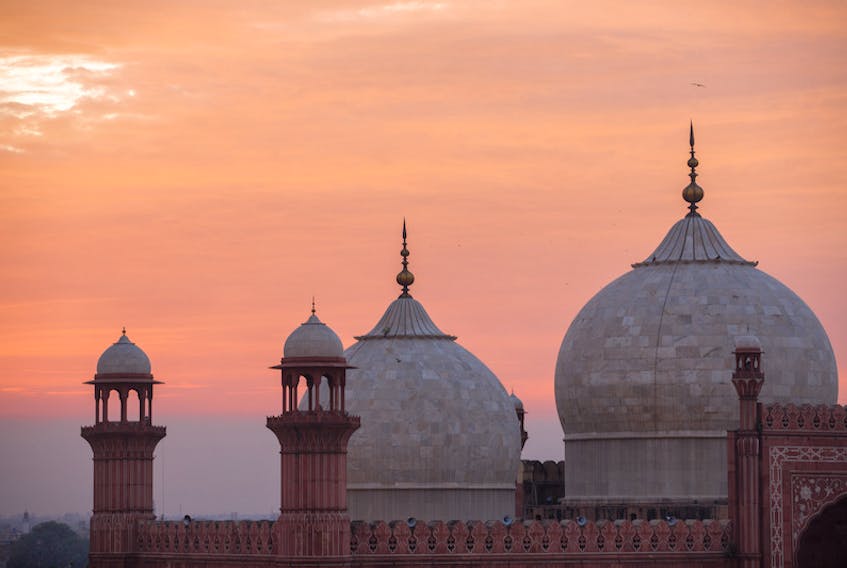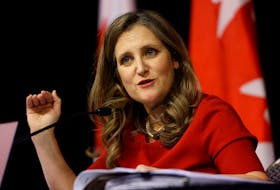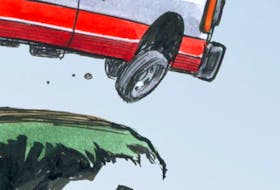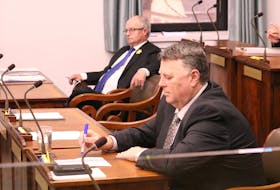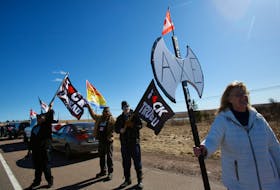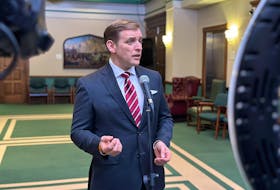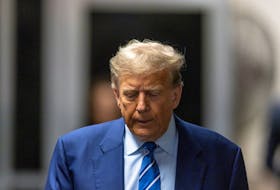Pakistan has been struggling to develop an all‑encompassing identity since the founding of the state in 1947. The nation was created as a homeland for Muslims, a place where they would no longer be a minority community in the Hindu‑majority state of India.
Expectations were high that Pakistan would flourish and that its citizens would be unified by their sense of religious identity.
It hasn’t worked out that way. This vision of promise and unity soon encountered the realities of state building. Islamists and secularists disputed the centrality of Islam in the government. Pashtun and Baloch tribes resisted relinquishing their autonomy to the new centralized state.
And now the country deals with COVID-19. As of the end of July, Pakistan has registered nearly 280,000 cases and over 5,900 deaths. The province of Sindh has seen the most cases, with some 119,000, while Punjab has suffered the most deaths, at more than 2,100.
Pakistan was slow in trying to control the spread of the virus. In late March, President Arif Alvi and provincial governors held a meeting with Sunni and Shia clerics to convince them to close mosques for congregational prayers across the country amid rapidly increasing COVID-19 cases in the country. The clerics, however, rejected the request.
Their refusal to shun collective prayers raised doubts about the country’s resolve to fight the pandemic.
Earlier in March, the federal government had allowed Shia pilgrims from Iran to return to the country through Baluchistan province. The pilgrims were not properly quarantined, which resulted in a spike of infections.
By the end of March, with cases surging, various provincial governments had imposed complete lockdowns, but these were lifted in stages in May, ahead of the Muslim festival of Eid al-Fitr, though the disease is not under control. In July, the government imposed a “smart lockdown” in 30 cities in a in a bid to control the virus while minimizing the economic impact.
Pakistan’s public health system was overstretched long before the onset of the coronavirus pandemic. The country has one doctor for every 963 people and one hospital bed for every 1,608 people. It faces a shortage of 200,000 doctors and 1.4 million nurses to cope with the crisis.
When Prime Minister Imran Khan took power in 2018, GDP growth was around 5.8 per cent; now it is 0.98 per cent and is likely to decline further.
One-third of Pakistan’s population already lives below the poverty line while 66 per cent — 145 million people — require immediate relief. Khan launched the Ehsaas Emergency Cash financial relief program on April 1 to help the most vulnerable part of the population.
None of this makes national unity any easier. Especially difficult has been trying to integrate the people of the old Northwest Frontier Province, renamed Khyber-Pakhtunkhwa in 2010, whose 36 million residents are overwhelmingly Sunni Muslims, and four fifths speak Pashto.
Khyber-Pakhtunkhwa has now seen than 33,000 cases of COVID-19, with almost 1,200 deaths. On March 29, Chief Minister Mahmood Khan approved a $255.68 million stimulus economic package to provide relief to almost three million families and the business community. The provincial government has doubled the testing capacity of COVID-19 patients in hospitals across the province.
The Khyber-Pakhtunkhwa Provincial Assembly has 124 elected members: 99 regular seats, 22 seats reserved for women and three seats for Non-Muslims. In the 2018 provincial election, Pakistan’s ruling Tehreek-e-Insaf, the party of Imran Khan, won a landslide victory, taking 63 seats of the 99 regular seats.
The Muttahida Majlis-e-Amal, an alliance of religious groupings including the Jamaat-e-Islami and the Jamiat Ulema-e-Islam Fazl, won 10 seats; the Awami National Party nine, the centre-right Pakistan Muslim League-Nawaz six, and the centre-left Pakistan Peoples’ Party Parliamentarians, four. Independents took five seats.
To add to the province’s complexity, in May 2018 the seven tribal agencies and the six regions on the border with Afghanistan, formerly called the Federally Administrated Tribal Areas (FATA), were merged into Khyber-Pakhtunkhwa.
The first-ever democratic election there took place a year ago. Of the 16 seats up for election, independents won six seats. Pakistan’s ruling Tehreek-e-Insaf won five, the far-right clerical Jamiat Ulema-e-Islam Fazl gained three, and the Jamat-e-Islami and Awami National Party won one seat each.
Henry Srebrnik is a professor of political science at the University of Prince Edward Island.

